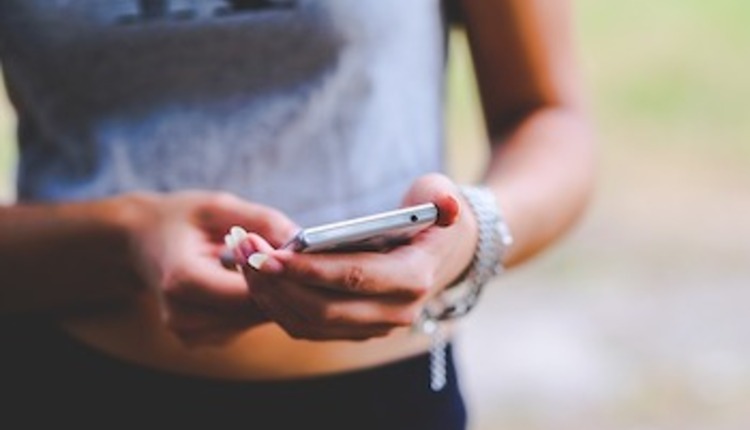
Execution: Begin in prone plank position with the elbow beneath the shoulders. Lift the right arm up so the hand is able to push the upper body up to a tall plank. Repeat on the left side so that both elbows are in now full extension (tall plank position). Now, lower the right arm down to the forearm plank position. Repeat on the left side.
Continue this cycle of movement alternating between the forearm and tall plank position for time or a designated number of repetitions. Be sure to engage the abdominal muscles to maintain a neutral spine and work to minimize excessive torso rotation during the exercise.
Application: This exercise will promote upper body and core strength/stability as well as enhance shoulder stability.
Regression: perform the exercise on the knees. This is often a great place to begin for the with limited upper body strength or poor stability. It can then be advanced by moving the start position of the forearms further away from the head to increase the lever arm/difficulty.
Progressions:
1. Increase the lever arm by starting with the forearms further away from the shoulder
2. Move the feet closer together (reduces base of support)
3. Add a push-up after moving into the tall plank position and prior to descending to the start position
Additional notes: This exercise can be done more rapidly for a metabolic conditioning effect in advanced clientele provided there is no history of instability or active shoulder pathology. If choosing this method, it must be closely monitored to avoid poor form and compensatory motions.





















